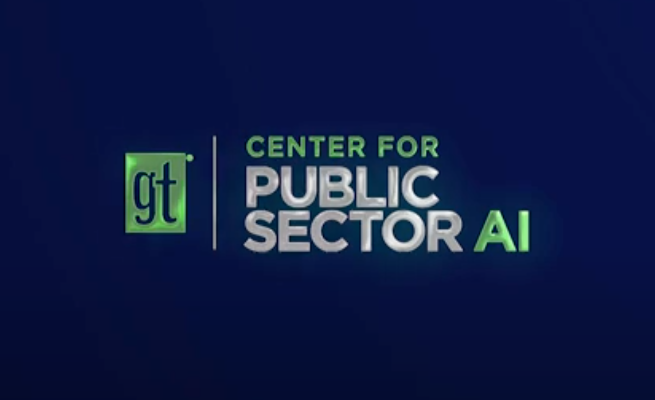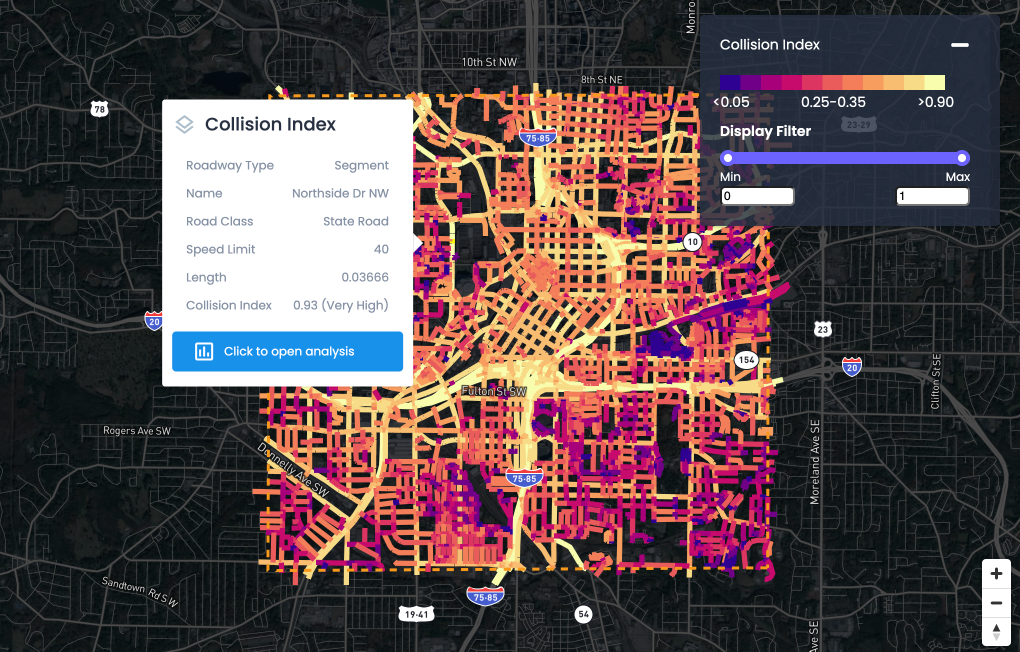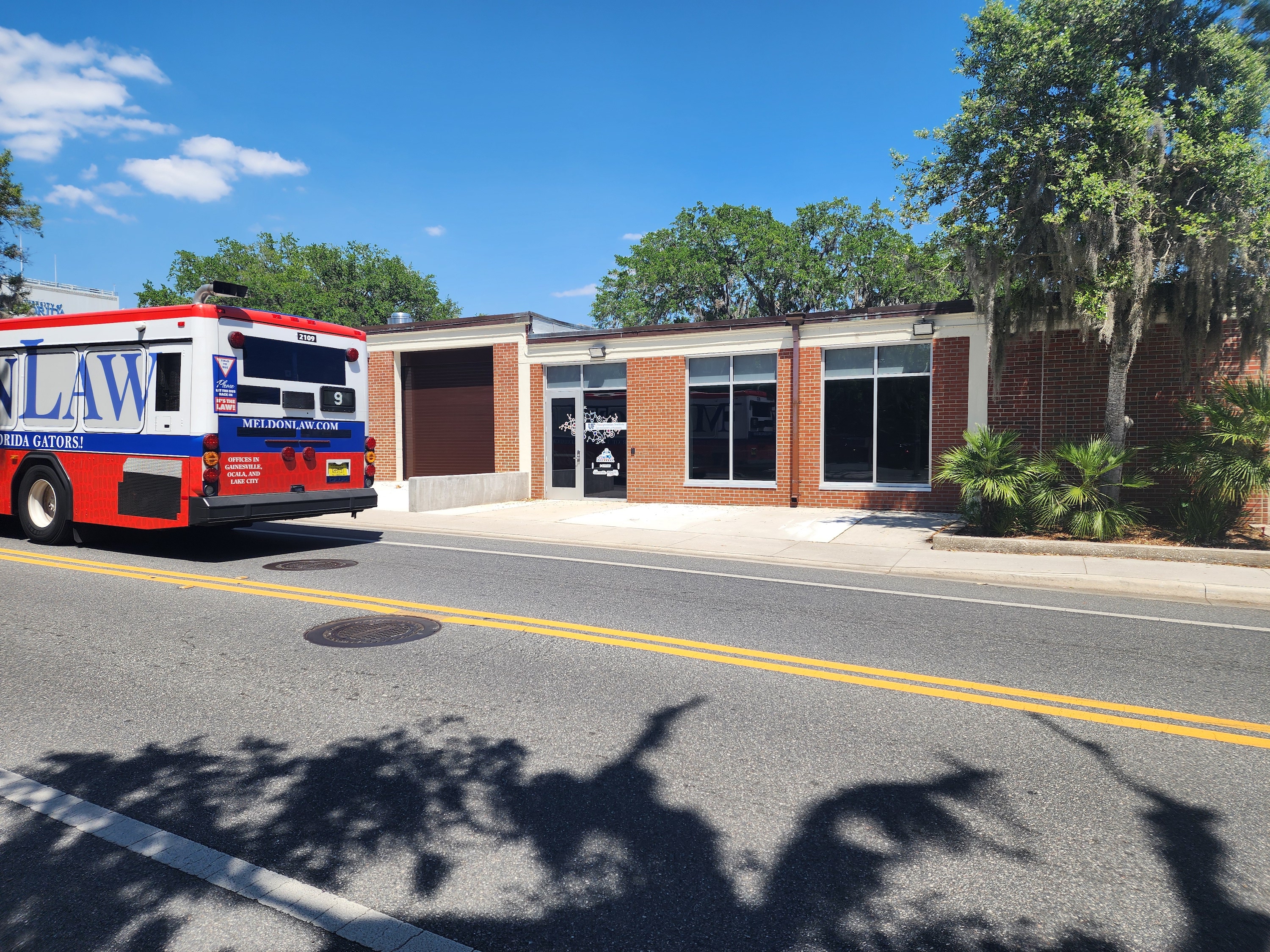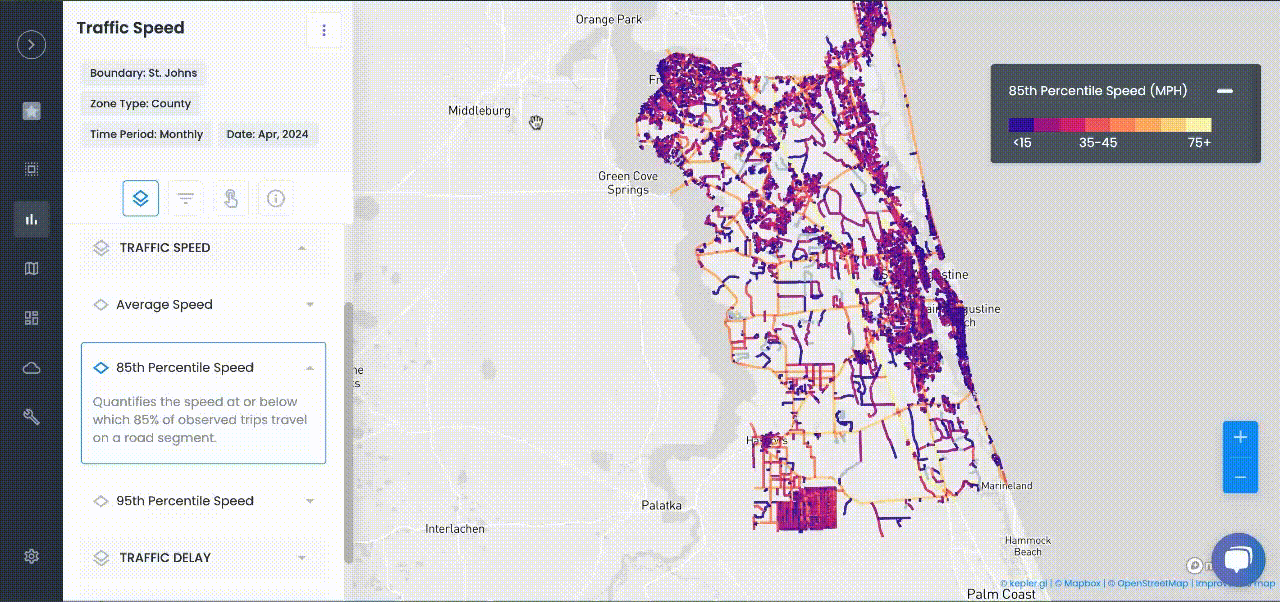
Articles
Digital Twins are Creating a Paradigm Shift in the Insurance Industry
Digital twins have provided breakthroughs for this insurance field and have reshaped it from mitigation to prevention.
Digital twins have provided breakthroughs for this insurance field and have reshaped it from mitigation to prevention.
The insurance market is expected to be worth over $5 trillion around the world by 2025, Statista estimates. With such an astronomical sum involved, the stakes for even a modest share of the business will be substantial. That is why the possibilities of digital twin technology should help drive a good amount of business.
According to AI Multiple, digital twins have provided breakthroughs for insurers in their core business sectors, namely expediting claims, underwriting, and fraud protection.
Digital twins have also evolved the nature of the business as a whole, as they can provide actual data and simulation results to go along with historic data — the traditional sources for risk-assessment.
Digital Twins and Risk Assessment
Quantifying risk is the name of the game in insurance.
This is done through a variety of mathematical means, but comes down to analyzing data from a variety of sources and assuming that historic trends continue.
For example, actuarial charts were developed by insurers over years — and based on the actual lifespans of people — to estimate how long someone was likely to live, their likely health care needs, and even potential retirement savings and income.
However, trends changed over time.
Increases in longevity resulted in traditional life insurance. A result of pension and social security plans no longer being adequate for most people.
Computerization began changing the industry’s reliance on historic data, allowing insurers to collect, collate, and analyze much more data much faster than before. And, according to Fingent, digital twins will increase this capability even more.
By collecting real time information and running simulations, digital twins can assess changing circumstances quickly. For example, in recent years, wildfires in California have cost insurance companies billions of dollars because the risk of large, destructive fires has increased. However, policies were changing too slowly to account for the change.
Prevention Instead of Compensation
The real power of digital twins in the insurance business, however, might be in preventing losses from occurring. This, as opposed to compensation.
Using digital twins to rapidly analyze incoming data, and make recommendations, reduces risk. For example, sensors in a home may indicate elevated risk for flooding and alert the insurer and homeowner to take appropriate measures.
Another example, from Swiss Re, is a cargo ship on the ocean that's feeding data to a digital twin of itself.
The twin can signal to the ship that maintenance needs to be done on a system, saving money from getting the repair done in time, and limiting the delay rather than having to pay out a large claim on a broken system. The ship’s twin can also notify customers of the ship’s goods about the delay. In this instance, the digital twins would also come up with ways of protecting the supply chain.
Practical Uses of Digital Twins
The core practices of insurance companies can also be improved with digital twins, as AI Multiple pointed out.
They can help insurers quantify risk more accurately, which helps with underwriting.
Digital files and embedded sensors can help claims adjusting by providing accurate before-and-after assessments of the property, if they are not able to actually record the damage as it occurs.
Similarly, the vast simulation capabilities of a digital twin, along with the real time data, will help insurers detect fraud more readily by calculating the likelihood of specific damage — helping in forensic recreations and using real time data to flag suspicious activities.
For most industries, digital twins ensure businesses continue doing what they already were, only helping them do it faster or cheaper or better.
But by changing the focus of insurance from mitigation to prevention, digital twins are remaking an industry.
Losses will still happen, some predictions will always be inaccurate, but an industry long focused on reducing losses can shift its focus to actively preventing it.

NEWS
Recent Announcements
See how public sector leaders succeed with Urban SDK.

Company News
Urban SDK Joins Government Technology’s AI Council to Help Shape the Future of AI in the Public Sector
We’re proud to announce that Urban SDK has officially joined the AI Council, part of Government Technology’s Center for Public Sector AI

Company News
Collision Index: Proactive Traffic Safety Powered by AI
Communities now have another layer of road safety thanks to Urban SDK’s Collision Index

Customer Stories
University of Florida Transportation Institute Partners with Urban SDK to Expand I-STREET Program
Urban SDK and the University of Florida have partnered to expand the university's I-STREET Program
WEBINAR
Identify speeding and proactively enforce issues
See just how quick and easy it is to identify speeding, address complaints, and deploy officers.
